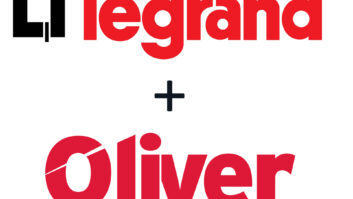Despite the severe battering AMD’s stock experienced earlier this month, the chip maker is forging ahead with a renewed focus on the entry-level PC mobile processor market.
At PC Expo, held here in June, AMD’s Linda Kohout, Duron brand manager, said the company’s introduction of a high-end, 1GHz Athlon 4 and the re-entry of the value-priced Duron processors into the notebook market are huge steps. The mobile processors feature AMD’s PowerNow battery conservation technology that uses just enough power to handle the applications being used.
On the desktop side, AMD has rolled out a 1.4GHz Athlon chip for high-powered PCs and, as part of the company’s effort to regain ground in the value PC market, it will roll out a 1GHz Duron chip that will be available in sub-$1,000 machines in late 2001.
AMD made its reputation in the value-priced PC segment, but has struggled of late as Intel gains ground with its Celeron processor line.
The company will follow up these launches in the first half of 2002 with a 1.8GHz Athlon chip that will utilize AMD’s new die shrink technology to create a .13 micron processor, down from .18 micron, Kohout said. In the latter half of 2002, the company will add its Hyper Transport technology to the Athlon line. Kohout described Hyper Transport as a hardware upgrade that allows a chip to process information about 24 times faster.
AMD is not the only company that is expected to announce thinner processors. NEC last week reported it will have a .10 micron chip in early 2003. Toshiba and Sony Corp. have announced plans to jointly develop .10 micron and .07 micron processors. In another deal Toshiba is working with Sony Computer Entertainment, maker of the PlayStation 2 game console, and IBM to produce a .10 micron processor that IBM expects to have in production in early 2003.
The other major change to be implemented in the Athlon line next year is the shift to a 64-bit architecture from 32-bit. The 64-bit processors will be backward-compatible to run 32-bit-based applications, she said.
AMD is hoping the current and upcoming advances will help turn around its financial downturn. The company suffered a 17 percent drop in sales for its second quarter with revenue of $985 million. The sluggish PC market took most of the blame for the fall off along with weak sales of flash memory.
Kohout said a great deal of hope is being placed on the upcoming release of the Microsoft XP operating system to boost PC sales. Since XP is best suited to a newer, more powerful PC, vendors from across the product spectrum hope its introduction will spur consumers to purchase a new computer in order to use XP.













